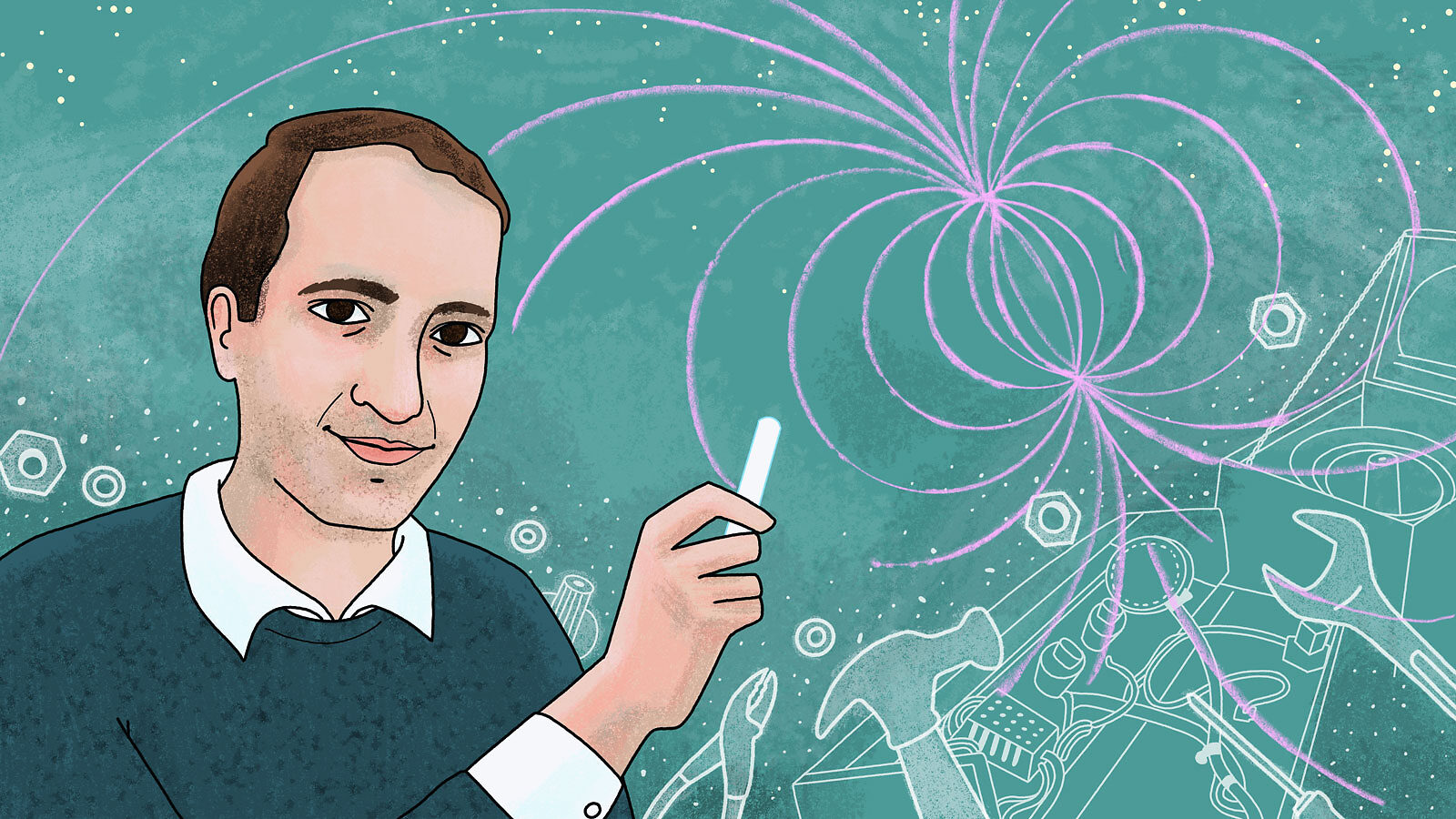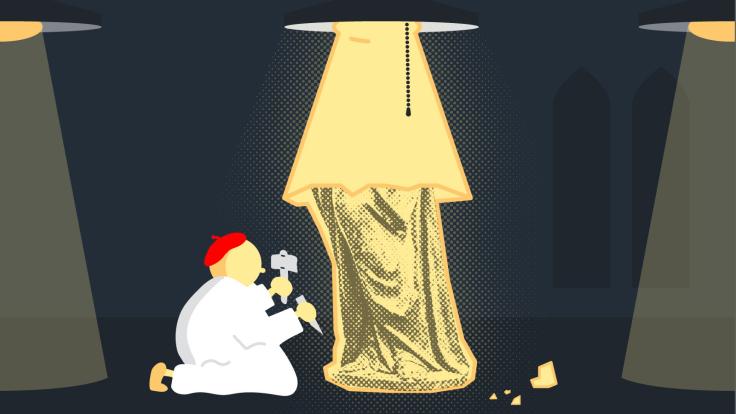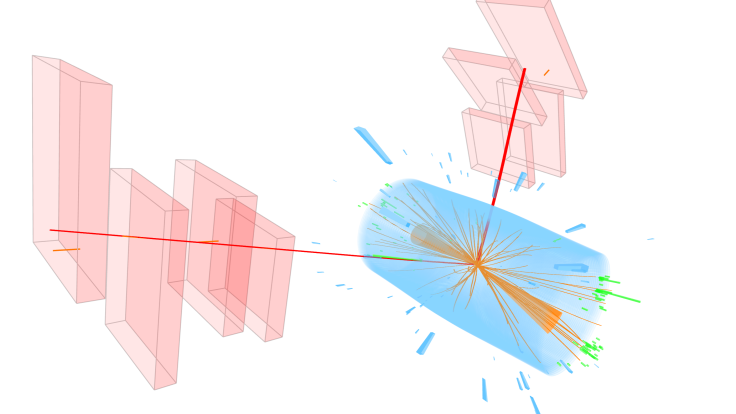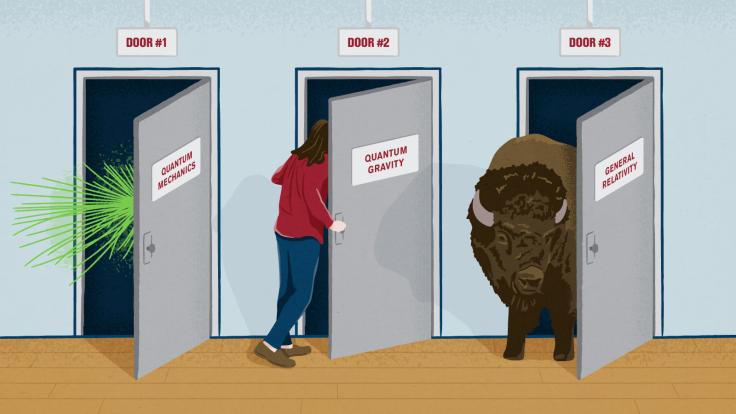If Juan Maldacena were not a physicist, he thinks he would have been an engineer like his father. As a boy growing up in Buenos Aires, he liked to spend time with him tinkering with the washing machine or the car or other household items, learning “how they exploited the laws of physics,” as he sees it today.
Now a theoretical physicist at the Institute for Advanced Study in Princeton, New Jersey, Maldacena is world-famous in part for writing what is still one of the most influential articles in string theory.
Although the abstract realms of theoretical physics may seem like a far cry from the literal nuts and bolts of heavy appliances, “I think it’s not too different,” he says. “Building a theory that works is like building a washing machine that works.”
String theory just has a lower risk of electrocution or a flooded basement.
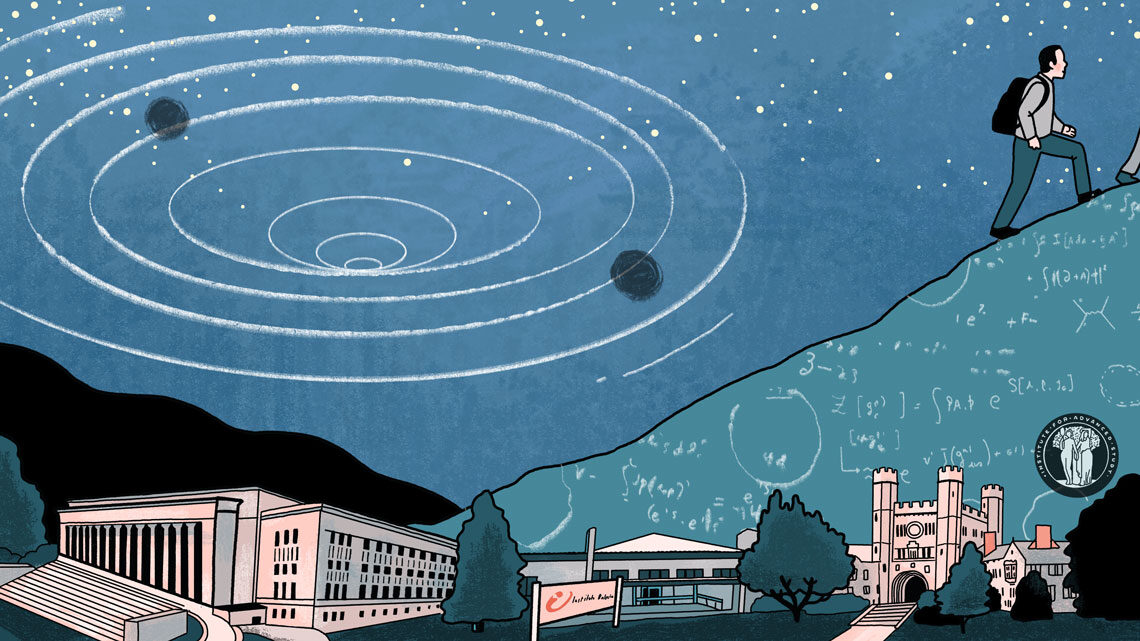
When Maldacena began his post-secondary education at the University of Buenos Aires, it seemed natural to enter as a physics major. “I really loved learning about how the laws of physics explained various aspects of the real world,” he says.
After two years, he transferred to the Instituto Balseiro in the far western Argentinian city of Bariloche, a research-oriented institution that accepts students after their first two years at other institutions. It is small and grants degrees in only a few disciplines, all related to physics and engineering.
Maldacena graduated with the equivalent of a US master’s degree in 1991. He debated what his next move should be: physics graduate school or leaving the academic world to work as an engineer. He was a strong student and loved the discipline but worried that he might not have what it takes to make it as a physics researcher.
“I really enjoyed taking the classes, but I didn’t know what research was like. It was still a big mystery to me,” he says. “In the end, I decided to take my chances.”
He was accepted to Princeton University, where he started a PhD that fall. Maldacena thrived at Princeton, where he says he enjoyed taking classes with some of the best particle physicists in his field. “It was wonderful to see all these people whose papers I had been reading.”
His doctoral thesis probed the behavior of black holes in string theory, a framework that unites quantum mechanics and Einstein’s theory of relativity by describing fundamental particles as one-dimensional strings.
String theory is a theory of quantum gravity, so Maldacena was extrapolating from the quantum scale to the very, very large. “It was considered to be a big success for string theory—the fact that you could describe black holes, which are a big deviation from flat space. It was a consistency check for this theory,” he says.
Prominent string theorist Nathan Seiberg was on sabbatical from Rutgers University at the IAS when he met Maldacena, who was then a graduate student at Princeton. They were later colleagues at Rutgers, and they are now colleagues again at the IAS.
Seiberg says he was “enormously impressed” with Maldacena when they first met. “It was quite clear from day one that he was someone special—very, very special—and he would rise to the top.”
Maldacena is best known for his description of the anti-de Sitter/conformal field theory correspondence. The crux of the AdS/CFT correspondence is that a theory of gravity in one universe is the same as the quantum field theory on the boundary of that universe.
Maldacena’s first paper describing the idea, published in 1997, has become one of the most-cited articles in string theory, and high-energy physics more broadly. “These are results that will stay fundamental in physics for centuries,” Seibergsays.
The correspondence has had interesting applications to several fields, including nuclear physics, condensed matter physics, cosmology and mathematics.
Maldacena graduated from Princeton in 1996, so his AdS/CFT breakthrough came very early in his career, when few academics would risk taking a big swing like that. “He’s not afraid. He’s very bold,” Seiberg says. “He likes to attack the most difficult questions that most people would stay away from. He just goes full steam ahead.”
The risk paid off. Maldacena was hired as an associate professor at Harvard University directly from the first year of his postdoc at Rutgers and was offered a full professorship two years later. Shortly after that, he was offered a permanent position at the IAS and moved back to New Jersey.
Maldacena’s clarity stands out to Seiberg. “In research, one is often in this fog of confusion. And he has this clear mind, seeing through the fog and knowing where to go,” Seiberg says.
Seiberg says they have worked together a few times—and “the joy of the collaboration was enormous”—but Maldacenahas also had an influence on him far beyond their formal co-authorship. “There were many times, both when I made official presentations and in informal conversations, that he would ask a question that completely changed the direction of my own research,” Seiberg says.
When he isn’t doing physics, Maldacena enjoys hiking with his wife and three children. He sees his work and recreation as two sides of the same coin. “When you think about physics problems, you are thinking about very specific aspects of nature,” Maldacena says. “When you go hiking, you appreciate other aspects of nature.”
In addition to his own research, Maldacena has advised several PhD students and postdocs. “He has a very good sense for identifying talent,” Seiberg says. “His track record is amazing.”
Maldacena remembers when he wasn’t sure whether he should try going into a research career in physics and hopes that other students in his position will not let that fear keep them from trying it. “Maybe they will find that they are better than they expected,” he says. “Or maybe they will love it more than they expected.”



